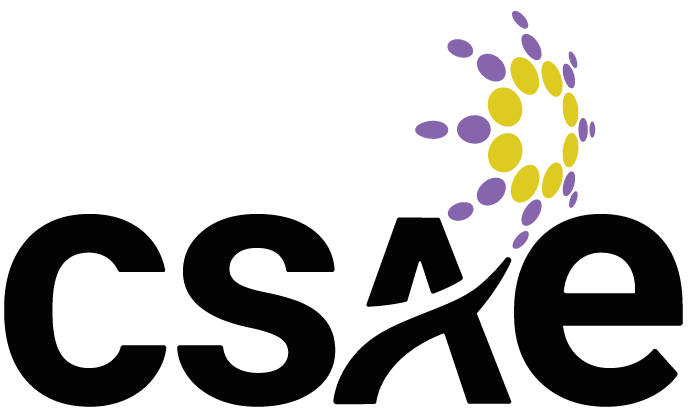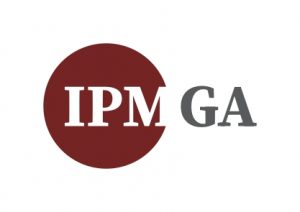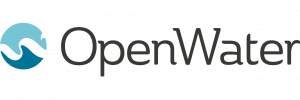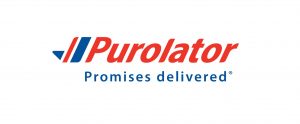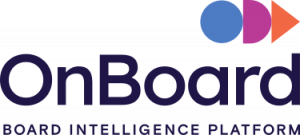Looking Ahead to 2024: Board Responsibilities and Internal Controls

Introduction
In the volatile, uncertain, chaotic and ambiguous world we live in (‘VUCA’ is the handy acronym), associations, nonprofits and for-profit corporations alike are facing unprecedented challenges. Among these are inflation, the ongoing recovery from the COVID-19 pandemic, societal division, an increased focus on environmental sustainability and a rapidly changing technology landscape. All of these factors have significantly impacted how leadership teams are building strategies and making decisions for the coming year.
In this article, we will focus on the way two critical aspects of association effectiveness—Board responsibilities and internal financial controls—intersect with macro conditions. We will also share insights on the importance of involving the Board in establishing internal controls to help your organization mitigate risk and operate effectively. Read on to learn how to effectively engage your Board to help your organization navigate the challenges that lie ahead and remain adaptable and resilient to change.
How to Prepare for What’s Coming in 2024
A wise person once said, “The only constant is change.” In your association, focusing on being adaptable and resilient to change is akin to building a house with a strong foundation. In our increasingly VUCA world, the shifting sands on the way in 2024 may come in the form of higher expenses, adapting to new technology, changes to government funding and increased compliance-related responsibilities. Preparing to build resilience against these ever-evolving macroeconomic factors should be strategic and intentional, and engaging your Board to help develop these resilience plans is critical.
There are many different steps associations can take to reduce the impact of these changes and increase adaptability. This could include building strategic and collaborative partnerships, managing costs, implementing adaptive budgeting and improving operational efficiency wherever possible. Being internally aligned on how your association can face these challenges is critical and strong leadership from your organization’s board is a big part of that.
Board Responsibilities During Uncertain Times
While an association’s Board of Directors has a wide range of responsibilities (including legal, compliance, finance, strategic planning and more), helping the organization navigate change should be near the top of the list. With all the uncertainty of the time we’re living in, having clarity around responsibilities and strong direction from the Board will go a long way towards increasing organizational effectiveness and resilience to change. When it comes to Board responsibilities during volatile times, a few key aspects stand out:
- Conducting Strategic Planning: How can your Board support the development of operational, short-term and long-term plans to help guide your association through times of uncertainty?
- Maintaining sufficient resources: This goes beyond establishing and reporting against the budget. Your Board should also be adapting the budget to the reality of your financial position and contribute to annual fundraising or membership drive efforts in some capacity.
- Ensuring legal integrity and accountability: This includes following all applicable laws and regulations, but also adhering to your organization’s code of ethics.
- Providing financial oversight: With the inflation crisis and operational costs on the rise, a critical obligation of the Board of Directors is to ensure your association’s financial health. An important component of this is establishing internal financial controls.
Internal Controls and Engaging the Board of Directors
Internal control systems come in a number of different forms. In theory, they work together as a set of policies, procedures and practices designed to safeguard an organization’s assets, ensure financial record accuracy and promote compliance with laws and regulations. Internal financial controls become increasingly important during times of uncertainty or crisis, offering guidelines and procedures to help with decision-making, uncertainty and change. Internal controls can include:
- Financial
- Governance
- Compliance
- Operational
- Risk management
- Information technology
- Human resources
- Reporting and monitoring
- Documented policies and procedures
- Segregation of duties
- Training and education
- Whistleblower policies
Creating and maintaining strong internal control systems is one of the most important steps that associations and charitable organizations can take. They are particularly important for associations and nonprofits (versus their for-profit counterparts) because they harbour a greater atmosphere of trust, their revenues from donations are often cash-based, they’re tax-exempt entities, and they rely heavily on volunteers who may not have business or financial expertise.
Governance controls in particular are focused on the management and oversight of the organization and typically include ethical guidelines and Board responsibilities. As a big part of these responsibilities, Directors are accountable for ensuring that the association has established the internal controls required to mitigate risk in the organization. These include controls that are related to compliance, finance, operations or IT. The essential role of the Board of Directors involves regularly evaluating holistic risks in the organization and ensuring that the proper internal controls have been established and are working properly. Doing so will help ensure resilience against a volatile landscape and build towards operational sustainability.
Conclusion
In the face of a VUCA world, associations, nonprofits, and corporations continue to face unprecedented challenges (not that we need to remind you). In this article, we’ve looked at how two critical aspects of association effectiveness—Board responsibilities and internal financial controls—intersect with the macro conditions we are facing. Looking ahead to 2024, the mantra that “the only constant is change” underscores the need for adaptability and resilience. The association management landscape may bring higher expenses, technology evolution, changes to government funding and increased compliance burdens.
Strategic engagement with your association’s board becomes critical to fostering resilience against these challenges. From cultivating strategic partnerships to managing costs and enhancing operational efficiency, ensuring alignment between the board’s leadership and the organization’s response is critical. As associations continue to navigate the complexities of this world, collaboration with leadership and robust internal controls will grow in importance, guiding the organization toward adaptability and sustainability in the midst of an ever-evolving landscape.
